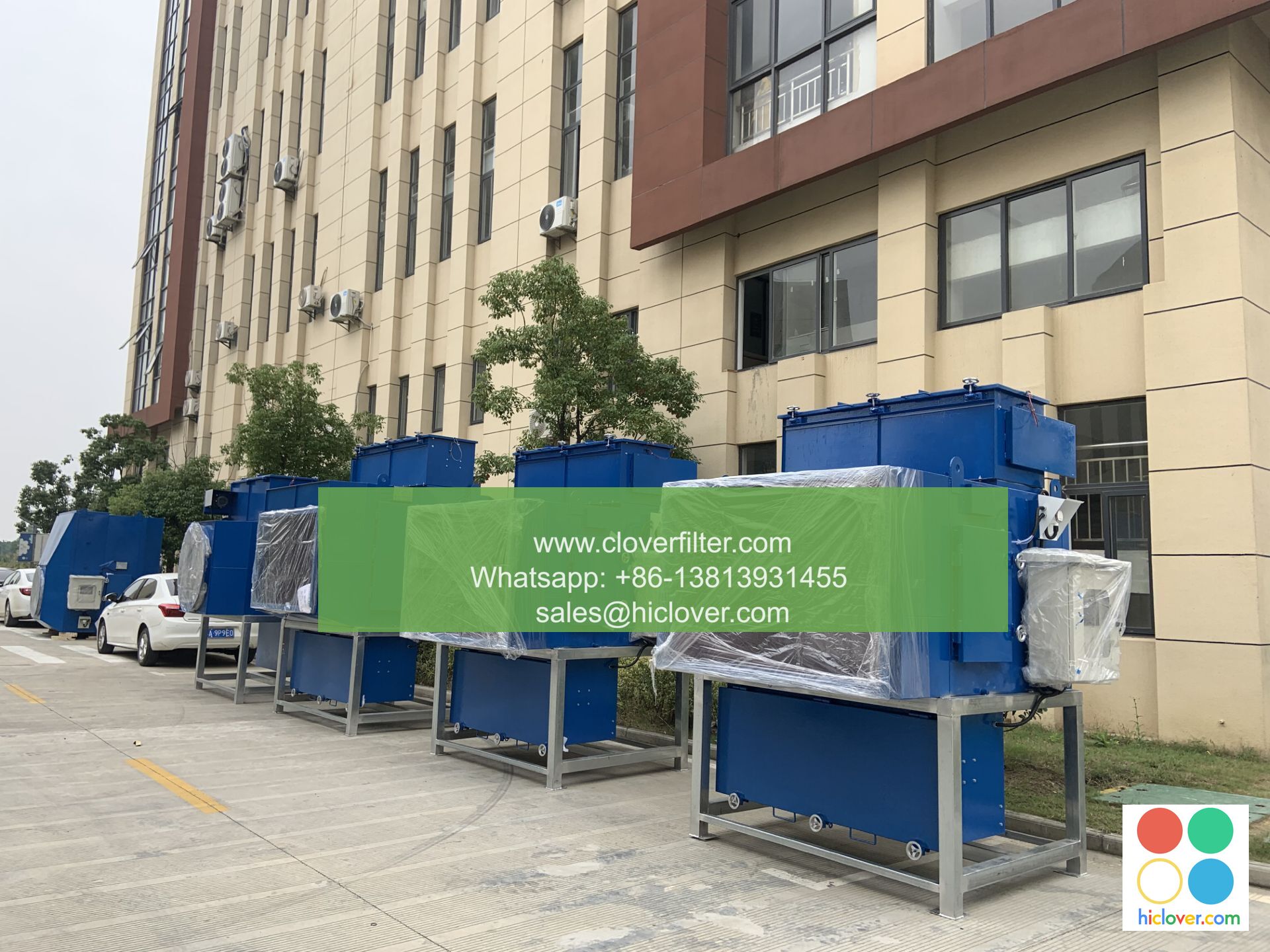Air Filter Distribution: A Guide for Ventilation System Designers

Air filter distribution is a crucial aspect of ventilation system design, playing a significant role in maintaining indoor air quality (IAQ) and ensuring the overall health and well-being of occupants. As a ventilation system designer, it is essential to understand the importance of proper air filter distribution and its impact on heating, ventilation, and air conditioning (HVAC) systems. In this article, we will delve into the world of air filter distribution, highlighting various application areas and providing a comprehensive guide for designers.
Introduction to Air Filter Distribution
Air filter distribution refers to the process of delivering filtered air to various parts of a building or facility, ensuring that the air is clean and free from contaminants. This is achieved through the use of air filters, which are designed to capture particulate matter (PM), gases, and other airborne pollutants. The distribution of filtered air is critical in maintaining a healthy indoor environment, particularly in commercial buildings, hospitals, and industrial facilities where air quality can have a significant impact on occupant health and productivity.
Key Considerations for Air Filter Distribution
When designing an air filter distribution system, there are several key considerations that must be taken into account. These include:
- Filter type and efficiency: The type and efficiency of the air filter will depend on the specific application area and the level of air quality required.
- System layout and design: The layout and design of the air filter distribution system must be carefully planned to ensure that filtered air is delivered to all areas of the building or facility.
- Airflow rates and pressures: The airflow rates and pressures within the system must be carefully balanced to ensure that filtered air is delivered at the required rates and pressures.
- Maintenance and upkeep: The air filter distribution system must be designed to facilitate easy maintenance and upkeep, including filter replacement and system cleaning.
- Commercial buildings: Office buildings, shopping centers, and other commercial facilities require air filter distribution systems to maintain a healthy indoor environment.
- Hospitals and healthcare facilities: Hospitals and healthcare facilities require high-efficiency air filters to prevent the spread of infectious diseases and maintain a sterile environment.
- Industrial facilities: Industrial facilities, such as manufacturing plants and warehouses, require air filter distribution systems to remove hazardous airborne pollutants and maintain a safe working environment.
- Residential buildings: Residential buildings, including apartments and single-family homes, can benefit from air filter distribution systems to improve indoor air quality and reduce allergies and respiratory problems.
- Conducting thorough site surveys to determine the specific air quality requirements of the building or facility.
- Selecting the right air filter for the specific application area and air quality requirements.
- Designing the system for ease of maintenance and upkeep.
- Commissioning the system to ensure that it is functioning as designed and delivering filtered air to all areas of the building or facility.
Application Areas for Air Filter Distribution
Air filter distribution is used in a wide range of application areas, including:
Best Practices for Air Filter Distribution
To ensure effective air filter distribution, designers should follow best practices, including:
Conclusion
Air filter distribution is a critical aspect of ventilation system design, playing a significant role in maintaining indoor air quality and ensuring the overall health and well-being of occupants. By understanding the importance of proper air filter distribution and following best practices, designers can create effective air filter distribution systems that meet the specific needs of various application areas. Whether you are designing a system for a commercial building, hospital, or industrial facility, proper air filter distribution is essential for maintaining a healthy indoor environment and ensuring the safety and productivity of occupants. Prompt

